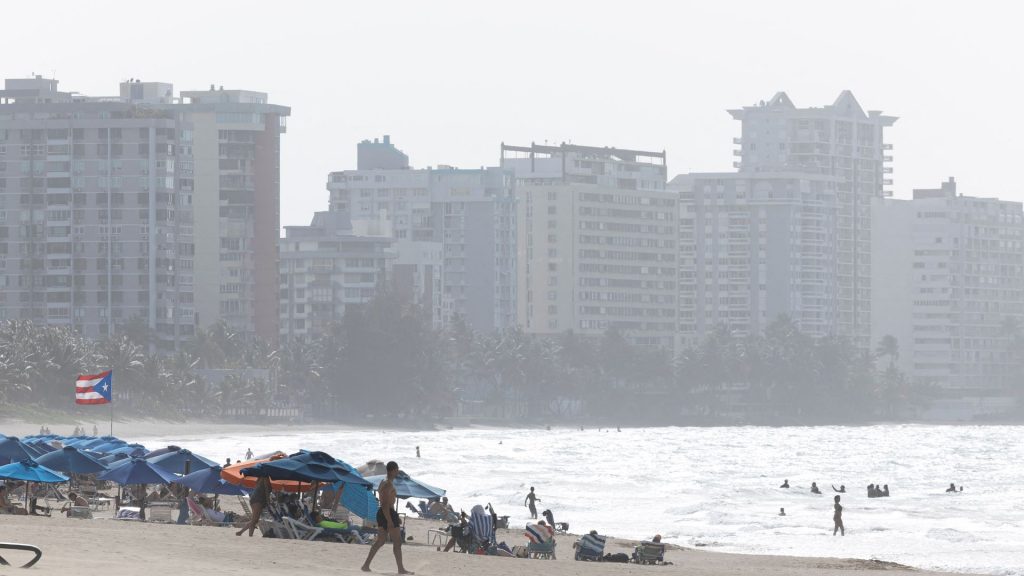2,000-mile wide Saharan dust cloud drifts toward Southern US

A thick haze has blanketed parts of the Caribbean this week as a cloud of Saharan dust thousands of miles wide drifts west across the Atlantic, on track to reach the southern United States. The National Oceanic and Atmospheric Administration identifies the phenomenon as the Saharan Air Layer, a dry, dusty mass that typically forms over the Sahara Desert and travels thousands of miles between April and October.
When will the dust arrive?
On Tuesday, June 3, the plume stretched across much of the Caribbean, touching the Dominican Republic, Haiti, Cuba and surrounding areas. Local weather agencies issued health warnings, urging people with asthma, allergies or respiratory conditions to stay indoors or wear masks if heading outside.
Forecasters expect the plume to reach Gulf Coast states, including Georgia, Texas, Louisiana and the Carolinas, by the end of the week. Florida could begin seeing effects by midweek.
Although a smaller dust cloud has already been spotted over parts of the region, experts say it is not the one that will have the most significant impact on air quality.
Along with hazy skies, experts expect the dust could also bring more vibrant sunrises and sunsets, thanks to the way particles scatter sunlight. This effect is commonly seen in the deserts of the American Southwest.
How does the dust impact hurricane season?
AccuWeather hurricane expert Alex DaSilva reports the current plume is nearly 2,000 miles wide and 750 miles from north to south. It’s the largest dust cloud to approach the U.S. so far this year.
Hurricane experts say the dust can impact hurricane activity by drying out the atmosphere and making it more difficult for storms to form or intensify. While most of the dust remains suspended high in the atmosphere, its dry air plays a crucial role in suppressing the development of tropical storms.
Where does the dust originate from?
The Saharan Air Layer forms over the Sahara Desert and carries dry, dusty air stirred up from northern Africa. Notably, the Saharan dust that’s carried by these winds contains phosphorus, which settles in the Amazon rainforests of Brazil, contributing to the jungle’s fertile soil.
Canadian wildfires’ impact on air quality
Meanwhile, much of the Northern U.S. is still coping with lingering smoke from Canadian wildfires. As of Tuesday, more than 100 wildfires remain uncontrolled across Canada, contributing to poor air quality in several U.S. states.





